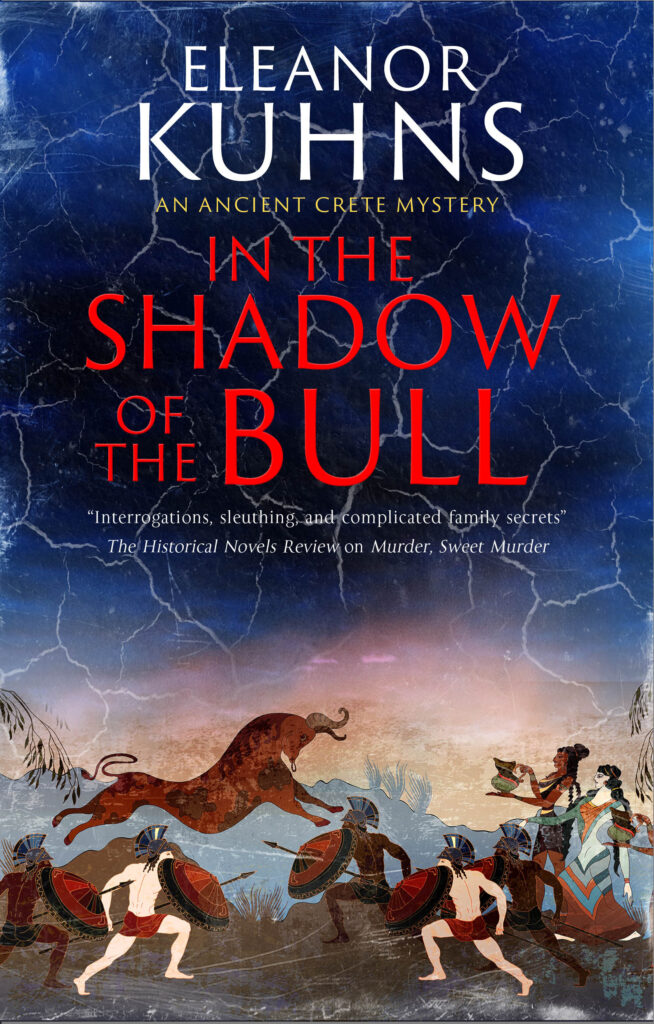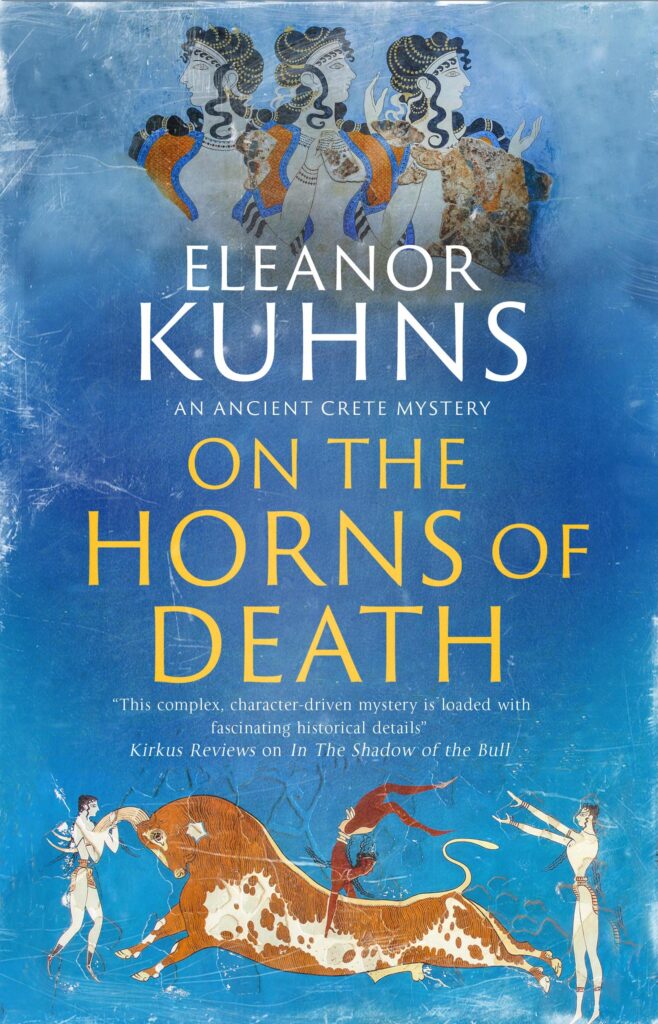I am fascinated by words and language. I’m not sure if that is because I’m a big reader or I became a reader and eventually an author because of it.
In any event, when I began researching the Minoans for my latest series, (In the shadow of the Bull and On the Horns of Death),


I quickly ran into the question of these old, probably the oldest, written languages. Unlike the hieroglyphics, which were finally deciphered thanks to the Rosetta Stone, Linear A and B resisted decoding.
Linear A, which was used by the Minoans, still has not been deciphered. And Linear B was not deciphered until the 1950s. An Englishman from Hertfordshire, Michael Ventris, finally succeeded, using a multi-disciplinary approach.
Tablets with this writing have been found in Knossos and Pylos, as well as other places, and was very early on recognized as the earliest form of Greek. Deciphering changed the way we understand the Aegean Bronze Age, especially the complex societal structures and the far flung trade networks. Linear B has been determined to be a very early form of Greek
I suspect when Linear A is deciphered, it will include primarily trade information but we can hope it will open a window into this exotic and still mysterious culture.
